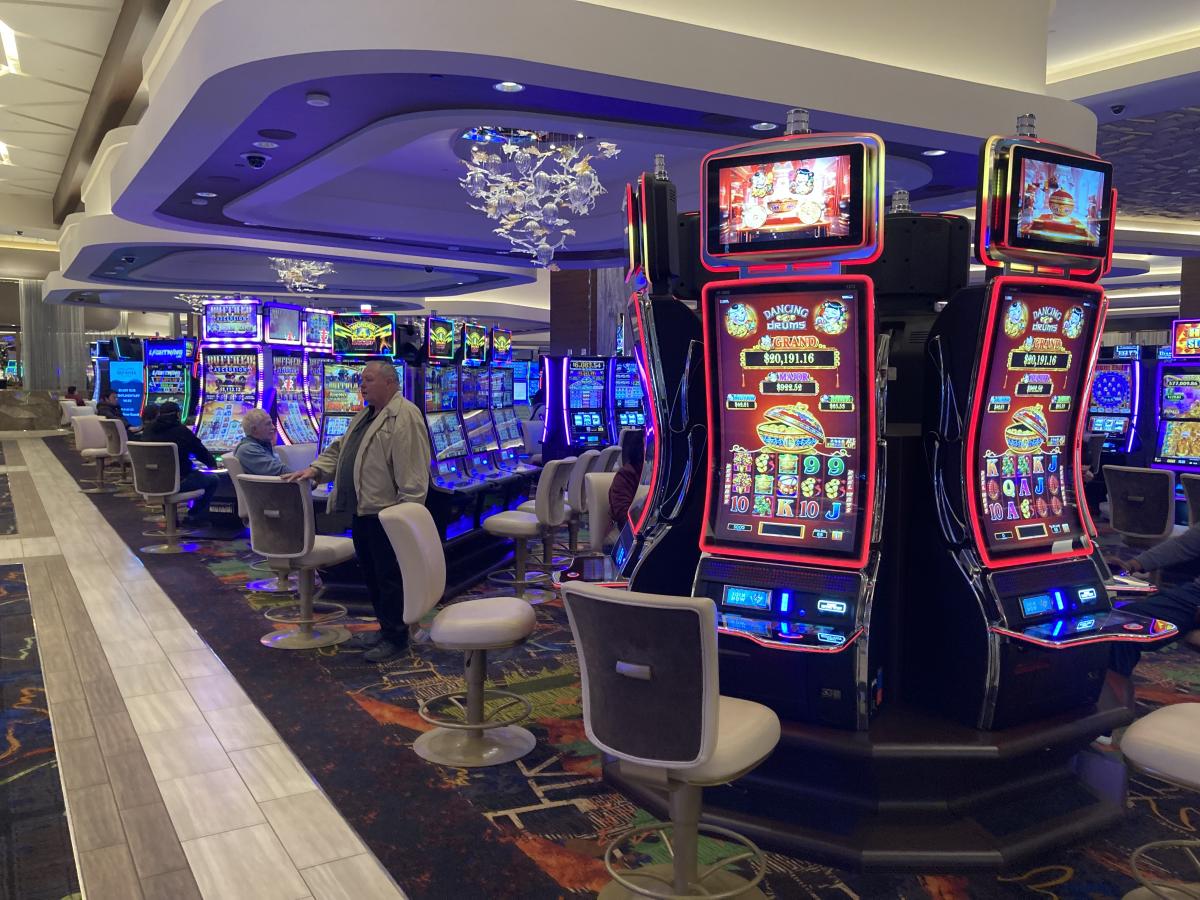Gambling games have long been a engaging form of entertainment, drawing countless of players from varied cultures around the globe. From the lively casinos of Las Vegas to the thriving gambling halls of Macau, these games serve as a common thread that connects people across a variety of backgrounds. The allure of luck, skill, and risk entices not only those hoping to win money but also those looking for a shared experience.
The significance of casino games extends significantly past the gaming floor. They often represent the social norms and principles of the cultures in which they flourish. Games such as Texas hold ’em, 21, and the wheel game have woven themselves into the fabric of cultural phenomena, influencing everything from cinema to clothing. As we explore this captivating intersection of chance and life, we can comprehend better how casino games shape and are shaped by the environment surrounding us.
Chronological Development of Gambling Games
The origins of gambling games can be followed back to ancient civilizations, where gambling in multiple forms was widely performed. In the East, around 2300 BC, a type of gambling known as Keno was popular, while in old Rome, soldiers would regularly wager on the results of their matches. The concept of using randomness for entertainment and gain developed over the ages, leading to the formation of more structured activities. By the end of the Middle Ages, betting houses started to appear in Europe, particularly in the Italian peninsula, which presented early forms of well-liked games still enjoyed today.
As gambling increased recognition in European regions, the 17th and 18th centuries saw the emergence of gaming houses as specialized locations for gambling. The initial official gambling house, the Ridotto, was set up in the city of Venice in sixteen thirty-eight, offering games like Baccarat and Faro games. This period marked a crucial turning point, as casinos commenced to welcome not just the high society but also the growing middle-tier society. The sophistication of games grew, leading to the development of new guidelines and versions that enriched the experience of players.
In the 19th century, the industrial age and transformations in social standards also changed the environment of gaming games. The arrival of the game of roulette and modern slot machines drew a larger audience, and gaming houses became seen as legitimate recreation. This time witnessed the international spread of gambling, as gambling houses expanded from European nations to the Americas, culminating in the establishment of the famous Las Vegas Boulevard in the twentieth century. The development of casino activities has persisted into the modern era, incorporating technology and digital platforms, rendering them accessible to a universal audience. https://u8888.video/
## Cultural Relevance across Different Societies
Gambling games have profound social significance in numerous cultures across the planet. For instance, in Las Vegas, the very essence of the urban landscape is woven around gaming venues, where gambling is not just a recreational activity but a fundamental aspect of entertainment and community interaction. The dazzling lights and lively atmosphere attract millions, showcasing how gambling activities can impact local financial landscapes and cultural identities. This environment transforms the notion of relaxation into an immersive encounter that shapes style, music, and even movies.
Conversely, some communities treat betting with more caution, viewing it through the lens of morality and heritage. For instance, in numerous Oriental cultures, games like Mahjong and Pai Gow Gambling are steeped in history and possess significant social meanings. These games are often played during meetings and festivities, fostering social ties and solidifying kinship ties. The act of participating in these games goes above mere leisure, reflecting principles such as deference to seniors and the importance of shared enjoyment.
Meanwhile, in continental countries such as Monaco and Rome, gambling activities serve as symbols of wealth and sophistication. The refined atmosphere of these venues attracts both tourists and locals, upholding a sense of prestige and elitism. The art of Texas Hold’em and the strategic elements of games like banker’s game are appreciated, influencing social dynamics and creating an allure that enthralls a heterogeneous audience. This highlights how games of chance can concurrently echo and influence cultural perspectives towards danger, reward, and social interaction.
Financial Influence and Tourism

Gambling activities play a crucial role in the economic landscape of many areas, particularly those that depend significantly on visitor traffic. The revenue produced from casino operations fuels local financial systems, creating jobs not only within the casinos themselves but also in related sectors such as hospitality, dining, and recreation. This influx of tourists, drawn by the attraction of games and the overall casino experience, stimulates expenditure across multiple businesses, contributing to the economic vitality of the area.
The presence of casinos often leads to the construction of infrastructure, including lodging, public transit, and recreational facilities. These improvements are essential in enhancing the overall tourist experience, making locations more appealing to visitors. Additionally, many casinos invest in local communities through sponsorship of events and philanthropic initiatives, further integrating themselves into the social fabric of the locality. Such contribution not only supports economic growth but also cultivates a positive reputation of the casino industry.
In addition, the global popularity of casino games drives tourism competition, with regions vying to attract players from across the globe. Iconic locations like Las Vegas and Macau have become identifiable with casino culture, drawing millions annually. This competitive edge encourages innovation and diversification within the gaming industry, influencing developments in leisure and hospitality that extend beyond their limits. The consequences of this tourism extend far, impacting local financial health and cultural interactions on a global scale.